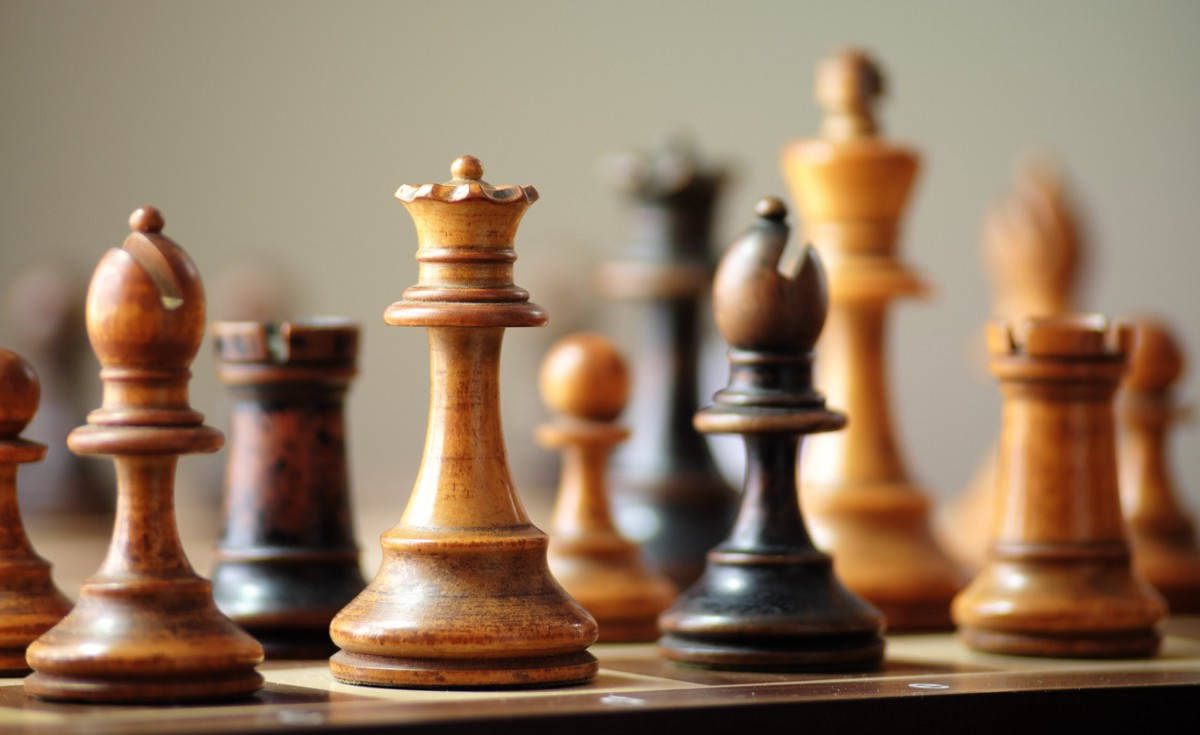This week I mainly focused on the fabrication of our PCB. I was able to manufacture and finalize testing on 3 out of the 8 needed PCBs. We were able to use a custom made stencil in order to accelarate the process of applying solder paste on our PCB before installing our surface mount components, however it still proved difficult since very tiny solder bridges were forming between our mux pins. I was able to fix some of the PCBs which had this issue and I wasalso able to finish soldering the through hole components. I wrote a basic script which looped through all the channels of the PCB’s 8:1 mux and held magnets close to each sensor to ensure the sensors were working as expected and the mux was outputting the correct voltage changes.
Although I wasn’t originally assigned to work with our PCB’s fabrication, I decided to help Juan to potentially start integration of the entire system a little sooner. As for my personal schedule, the communication of the entire system is essentially complete. We are missing some minor details that will hopefully be resolved once integration begins.
For the following week I will continue helping with our PCB fabrication as well as begin integration of our hardware and software systems.
